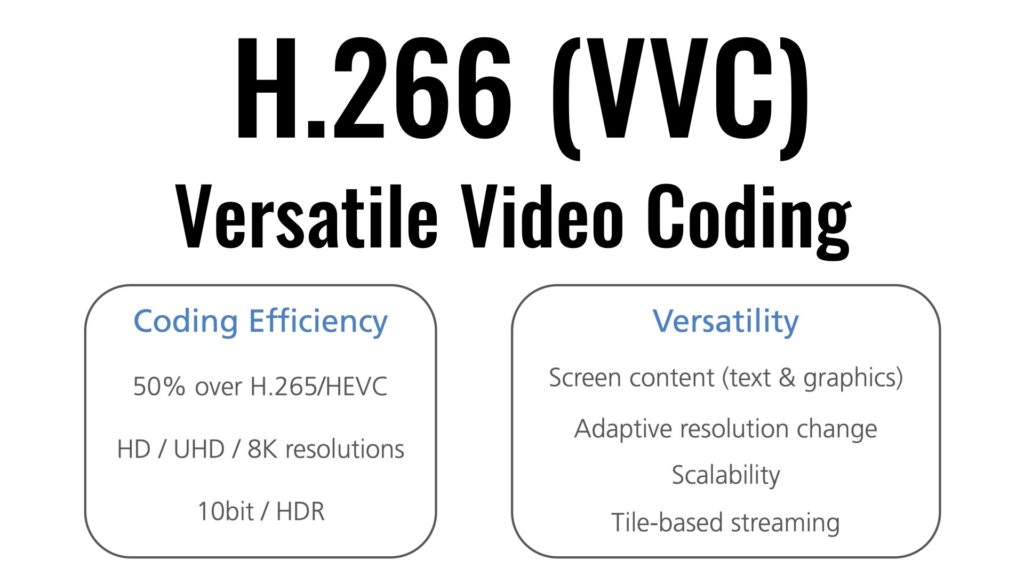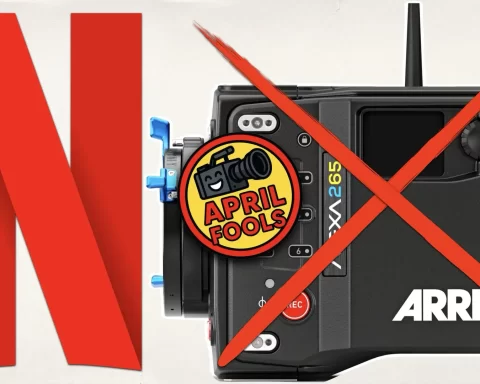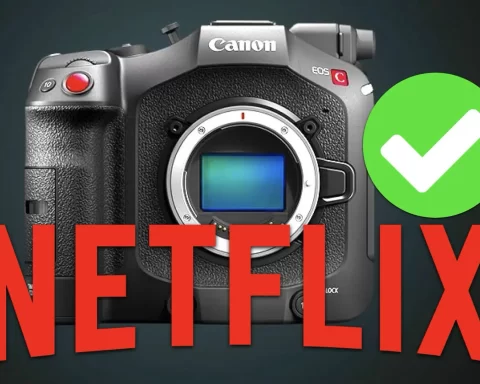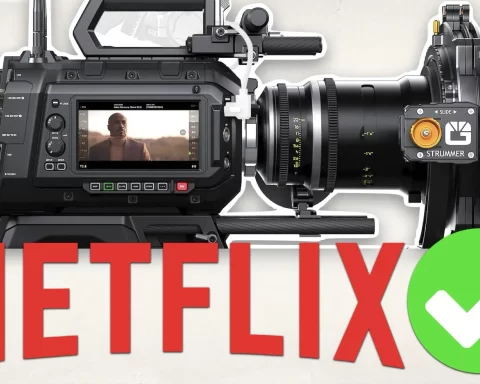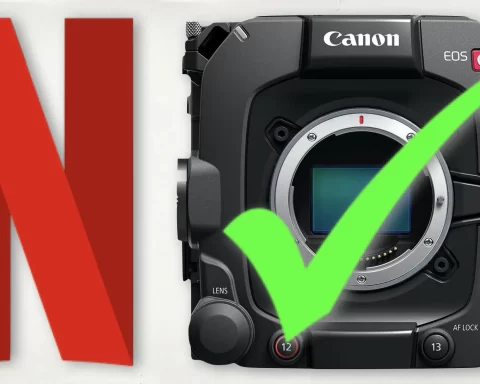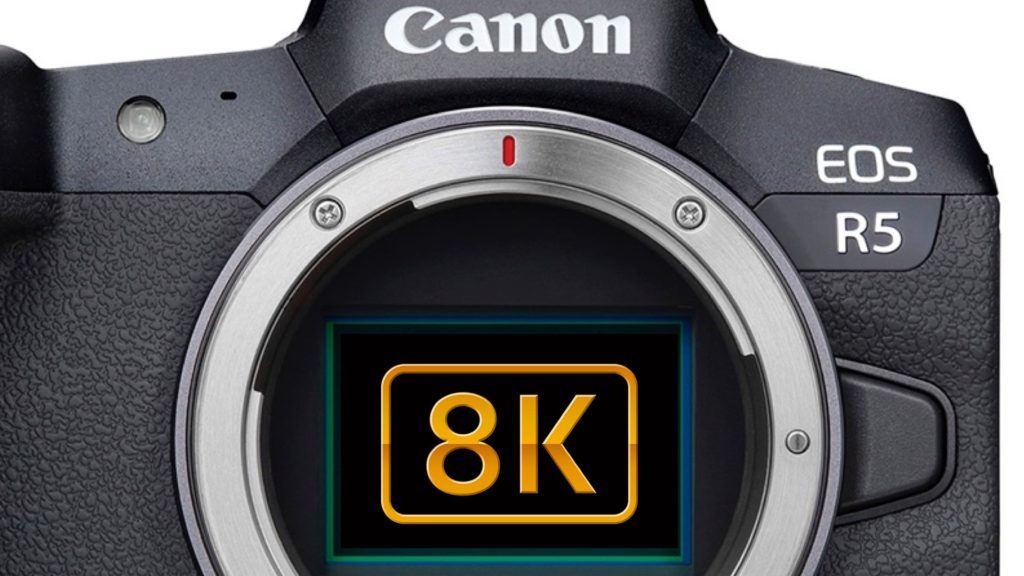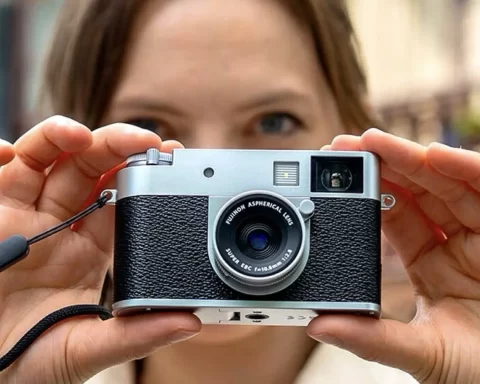The Fraunhofer Institute for Telecommunications, Heinrich Hertz Institute (HHI) has announced the standardization of a new codec called H.266 or VVC (Versatile Video Coding) which allows half of the bit rate compared to H.265 (HEVC) without a reduction in quality. The goal: To lay the groundwork for 8K streaming. Read more below.
H.266/Versatile Video Coding (VVC): New (super efficient) codec
This new codec was invented by The Fraunhofer Institute for Telecommunications, Heinrich Hertz Institute (HHI), also known as Fraunhofer HHI. The codec’s full name is H.266/Versatile Video Coding, as Fraunhofer HHI says it’s designed to be a successor to the industry-standard H.264/Advanced Video Coding (AVC) and H.265/High Efficiency Video Coding (HEVC) formats that dominate the market of global digital video transmission and compression. The VVC has been developed for about three years until it was standardized. The H.266 mission is to reduce video file sizes by 50%, allowing high-resolution footage to be saved with smaller file sizes and to be transmitted in less time due to its advanced compression algorithm.
Watch the video below, where Benjamin Bross, head of the Video Coding Systems group at Fraunhofer HHI and editor of the +500-page standard specification of H.266/VVC explains this new VVC. Please note that the video was published before the standardization of the VVC was announced.
Because H.266/VVC was developed with the ultra-high-resolution video content in mind, the new standard is particularly beneficial when streaming 4K or 8K videos on a flat-screen TV.
Fraunhofer HHI
With the help of Apple, Intel, Microsoft, Sony and more
Fraunhofer HHI says that the VVC was developed together with partners from industry including Apple, Ericsson, Intel, Huawei, Microsoft, Qualcomm, and Sony. As stated by Fraunhofer HHI: “H.266/VVC provides efficient transmission and storage of all video resolutions from SD to HD up to 4K and 8K, while supporting high dynamic range video and omnidirectional 360° video. Because H.266/VVC was developed with the ultra-high-resolution video content in mind, the new standard is particularly beneficial when streaming 4K or 8K videos on a flat-screen TV. Furthermore, H.266/VVC is ideal for all types of moving images: from high-resolution 360° video panoramas to screen sharing content”. More you can find in the press release.
Support ultra-high-resolution: Up to 16K
The VVC should support resolutions from 4K to 16K as well as 360° videos, as well as support YCbCr 4:4:4, 4:2:2, and 4:2:0 with 10 to 16 bits per component. To dive deeper into the details and how this codec was born, head over to the presentation below:
[pdf-embedder url=”https://ymcinema.com/wp-content/uploads/2020/07/Benjamin_Bross_Presentation.pdf”]
Streaming 8K and beyond
As is says at the beginning of the article, the VVC H.266 is supposed to lay the groundwork for ultra-high resolution streaming as defined “The Future of Media” by VVC inventors. Think about 8K streaming on Netflix which is not science fiction at all. This is a big deal since it will allow us, the consumers, the privilege of viewing stunning 8K content from streaming services. However, it will force cinema camera manufacturers to develop solutions for that new bar of technology. Would 8K cinema become the new standard?


